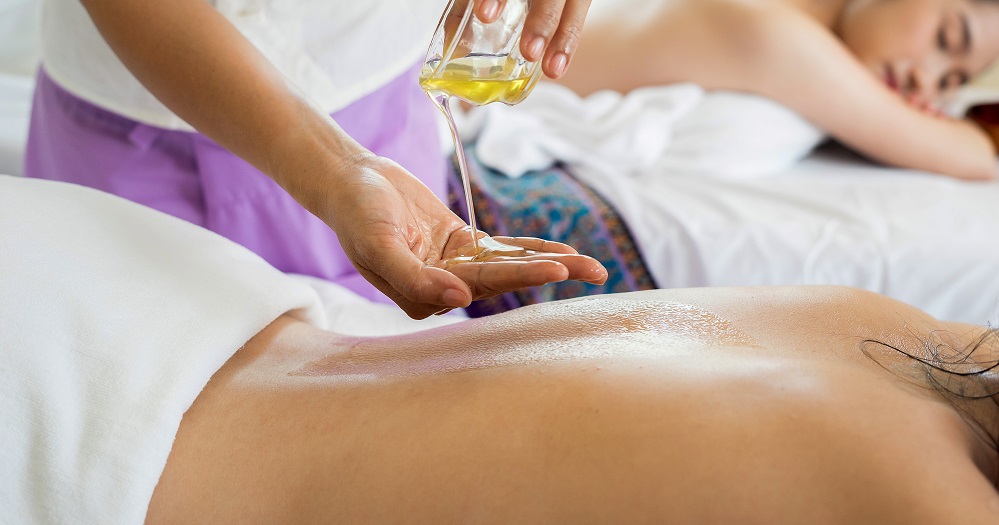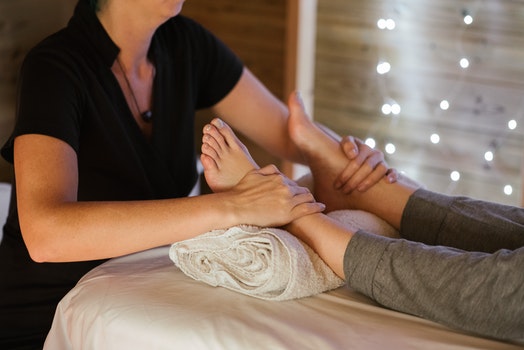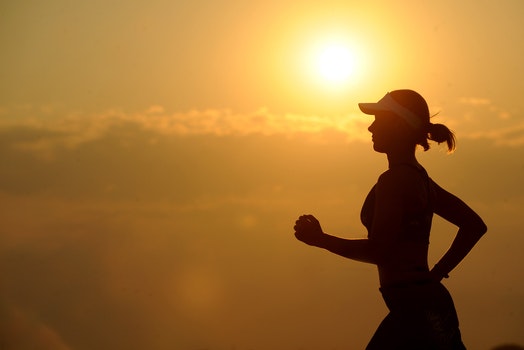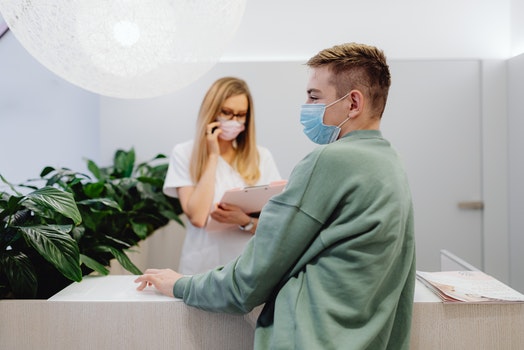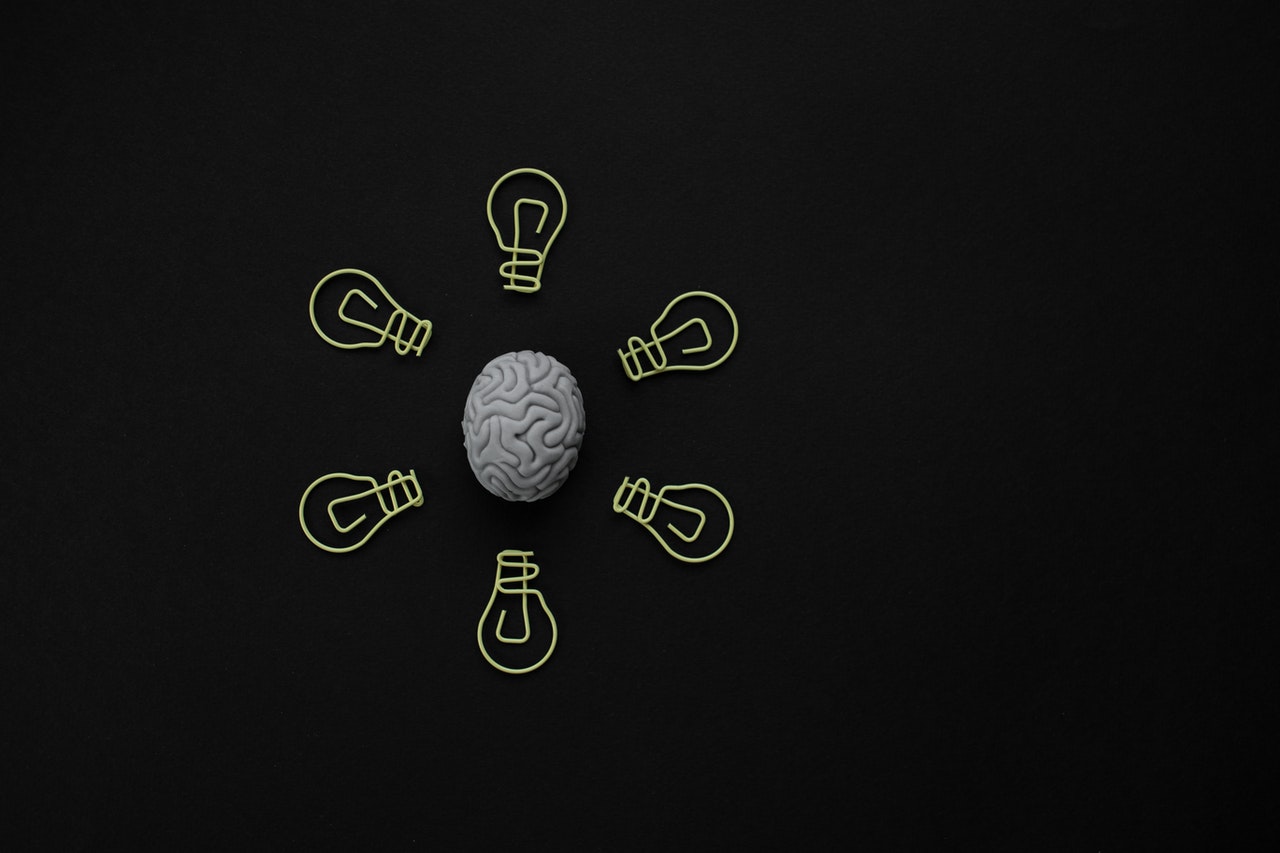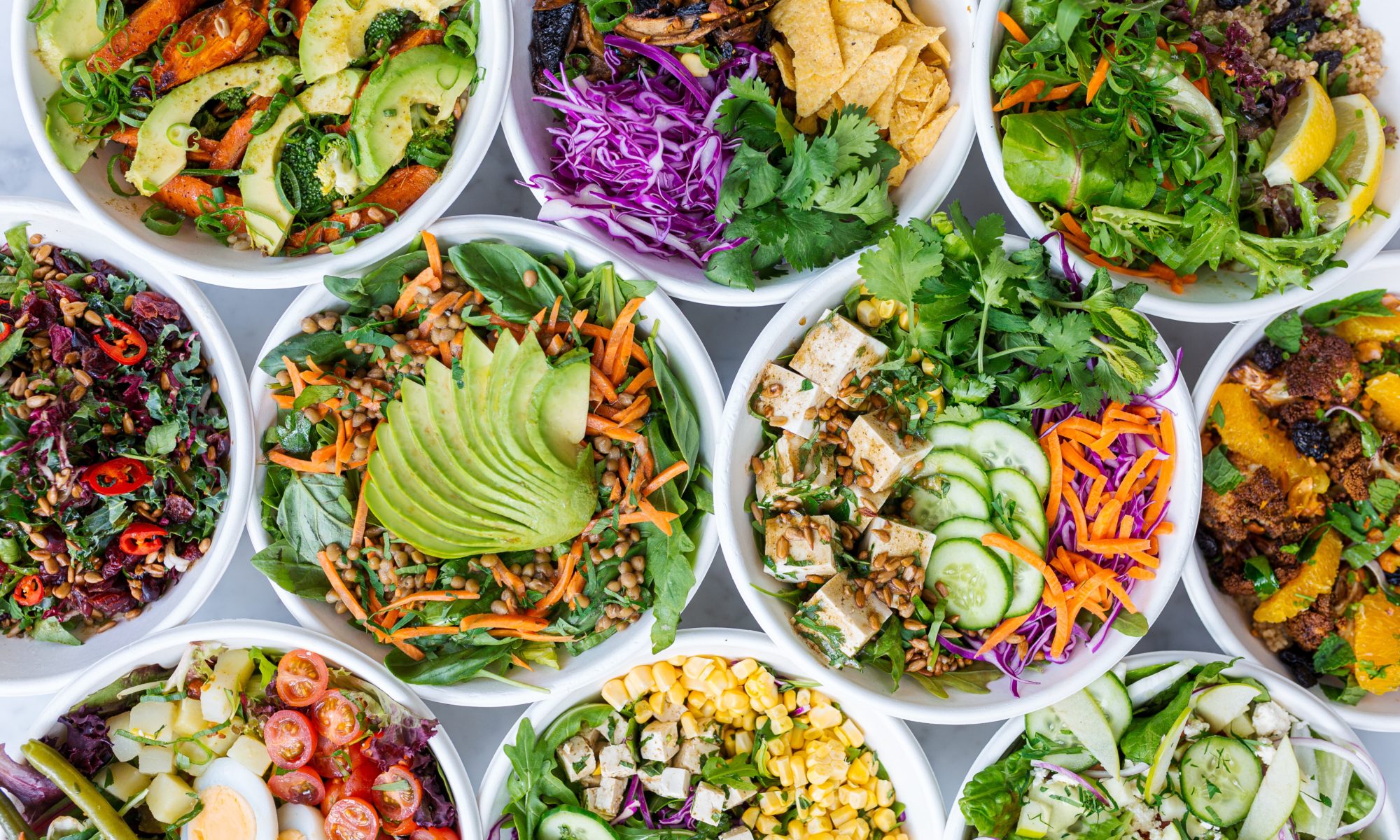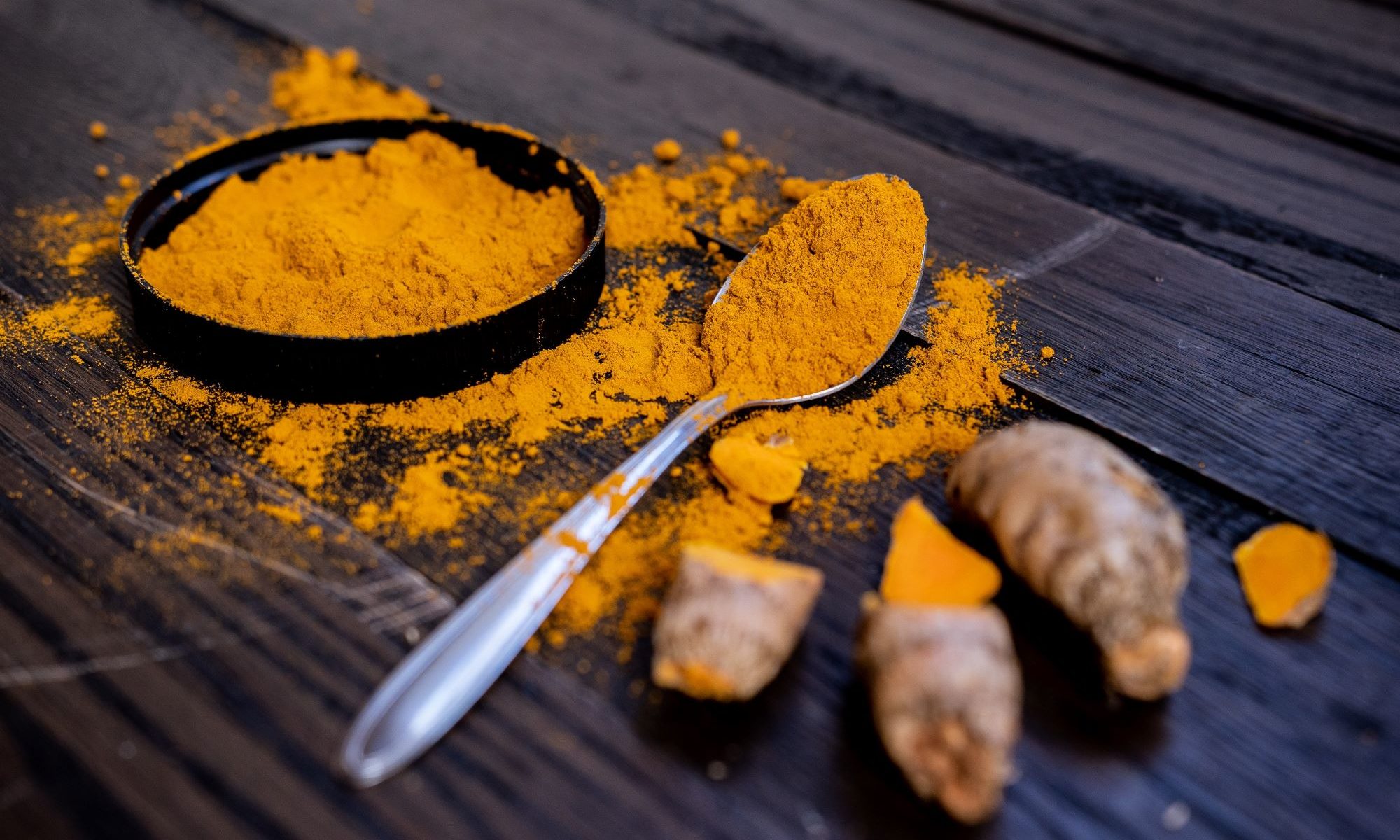According to traditional Chinese medicine, certain pressure points help restore balance to the body's natural energy flow. In the West, health professionals think that these points may alleviate muscle tension and tell your brain to release endorphins, natural feel-good hormones that help with pain and stress. Here's how to find them.
1. Your Temples (Taiyang)

Many people automatically massage their temples when their head throbs. This point is also used in alternative medicine for helping with anxiety and relieving tension headaches.
Press your index and middle finger gently against one of your temples. Slowly breathe in and out while rubbing this point in a circular direction for 10–15 seconds. At the end, hold your fingers in the center of the temples for a minute and slowly release.
2. The Middle of Your Chest (Shanzhong)
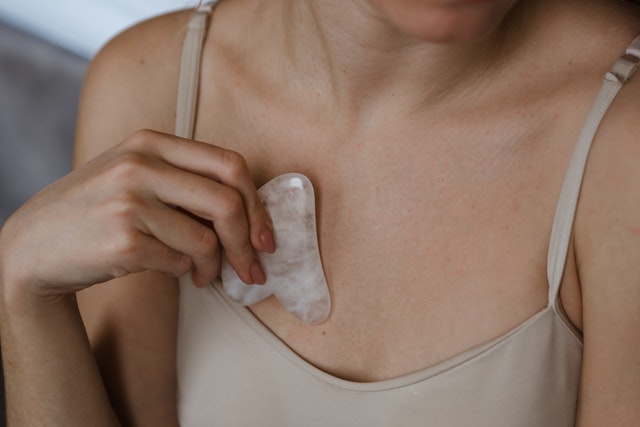
This stress-relieving point is in the middle of your sternum, or breastbone. Both men and women can find it by tracing a line directly from the nipples to the center of the chest.
Use three fingers to press and hold this point. Use firm-but-gentle pressure, taking care not to bruise. Hold this point for three minutes and breathe deeply the whole time.
3. Your Foot Arch (Yong Quan)
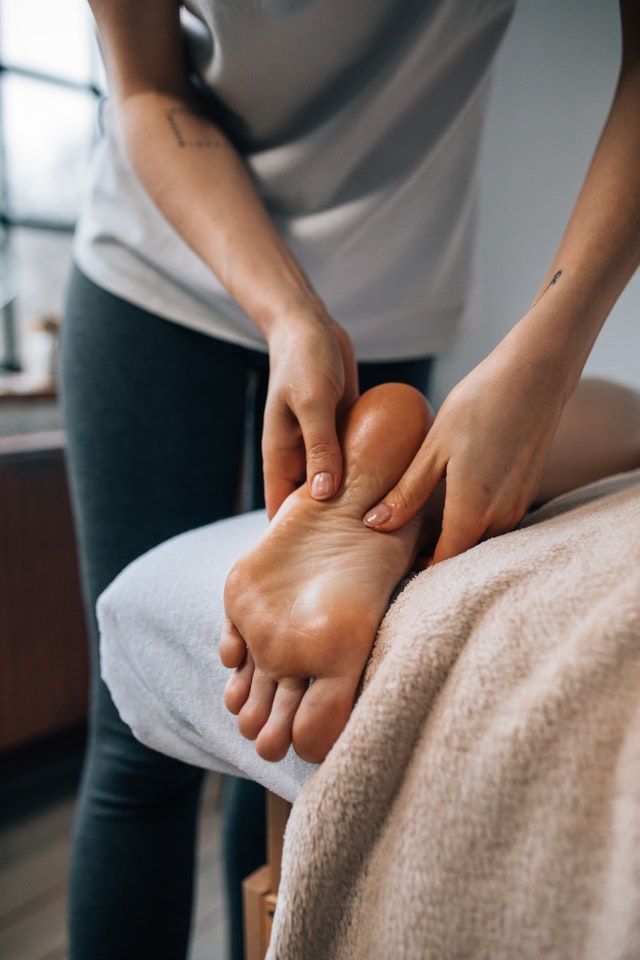
In traditional Chinese medicine, this point is called Bubbling Spring. It’s in the middle of the sole of your foot, near the base of your big toe. Put your thumb right where the foot arch begins, about one-third down from the toes and two-thirds of the way up from your heel.
Apply firm pressure and gently move your thumb in a circular motion. This point is believed to provide calming effects and help with blurry vision and dizziness.
4. Between Your Eyebrows (Yintang)
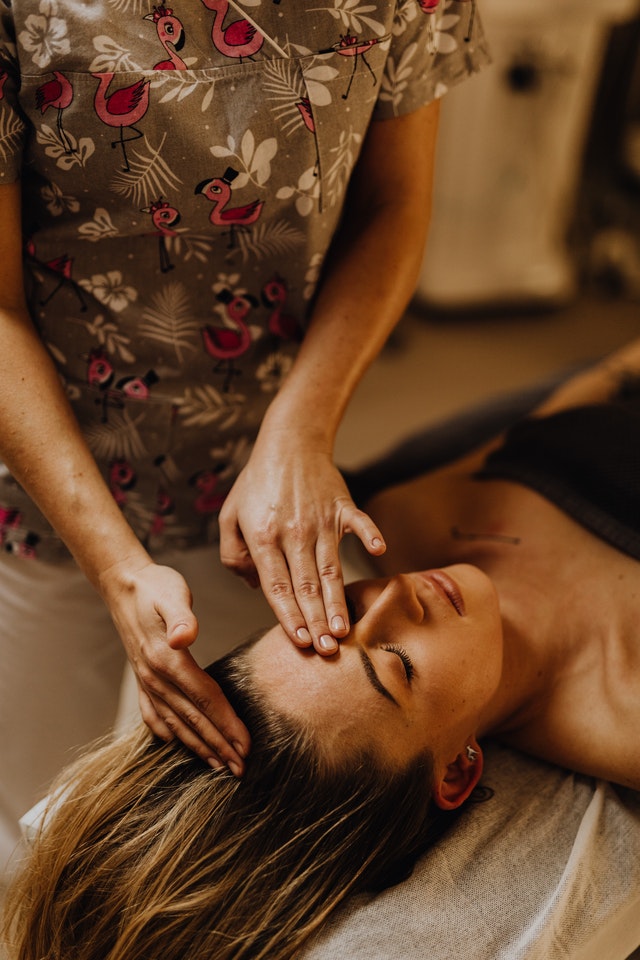
Finding this point is easier if you look in the mirror. It’s located directly between your two eyebrows. Hold this point or massage in a circular motion for 3–5 minutes.
Yintang can calm you down when you’re feeling irritable or worried. It’s also commonly used to help with pain.
5. Your Forearm (Neiguan)
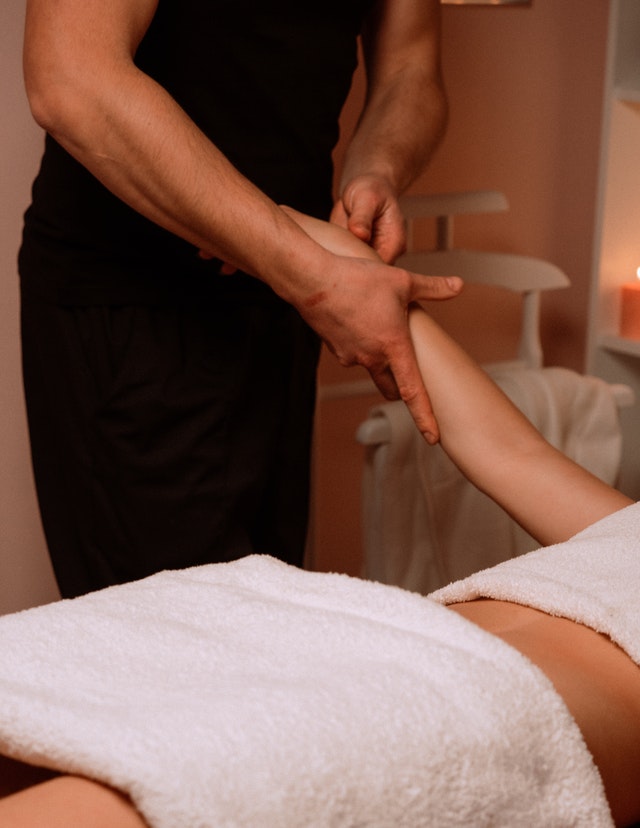
This is one of the most used pressure points for stress. It’s located on your forearm, on the outside of the wrist. Measure about three finger widths from your wrist, tracing a point down from the largest tendon. Neiguan is between the two large tendons.
Gently breathe and hold this pressure point with your thumb for several minutes. Take 10 deep breaths as you move your thumb in a circular motion. This pressure point is easy for anyone to master (it’s one of my favorites), so don’t be surprised if you use it a lot.
6. Between the Thumb and Index Finger (Hegu)
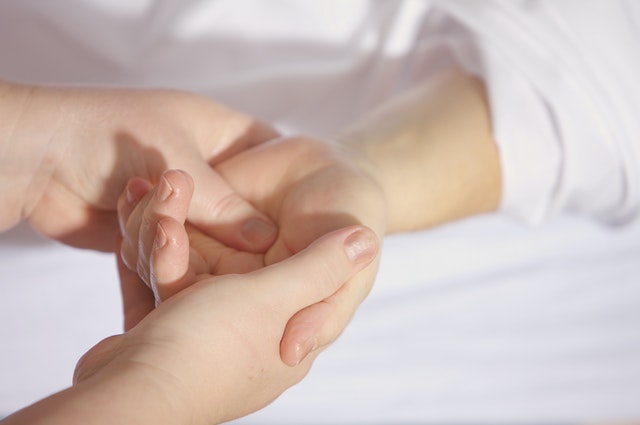
Another easy pressure point to master, Hegu is one many people have heard of but get wrong. You can find it in the webbing between your thumb and forefinger, but to get relief you need to reach a little further down, to the point right in front of where you feel the bones meet. Hold this point for three minutes.
The best way to find out which pressure points help you personally is to try them! It only takes about 10 minutes and you can keep track of the ones that give you the most stress relief. To boost the effect, give these points a gentle massage while listening to calming music or relaxing with positive scents.

